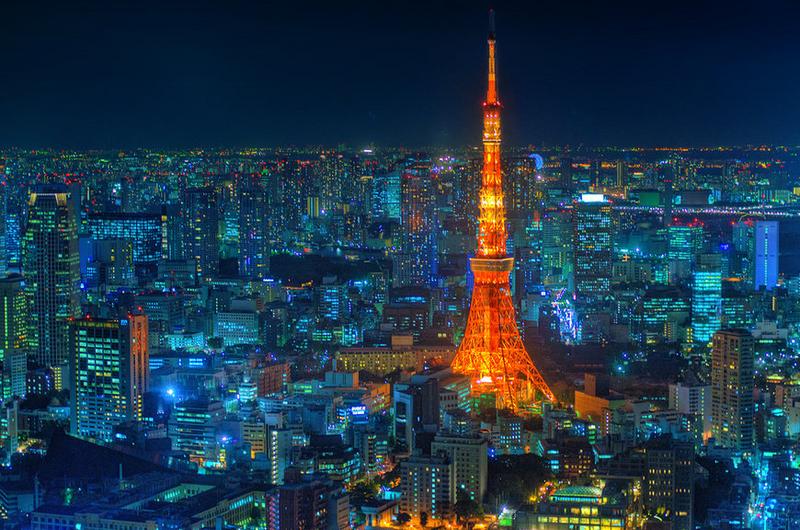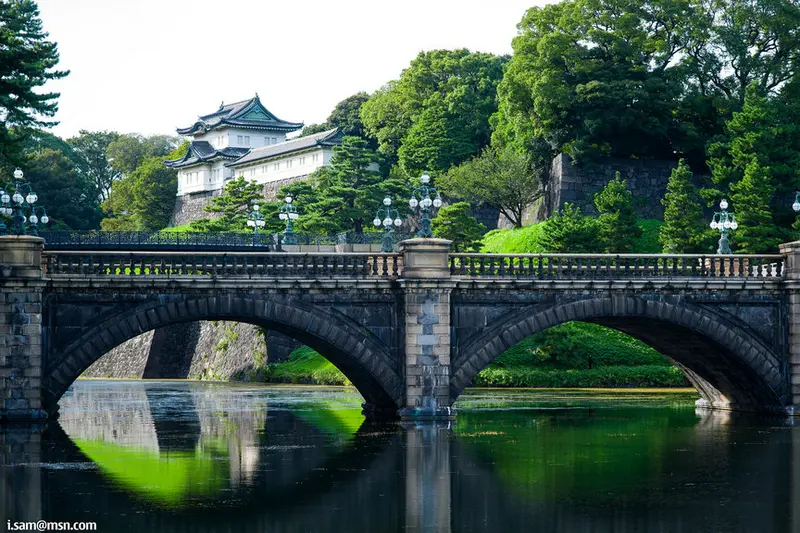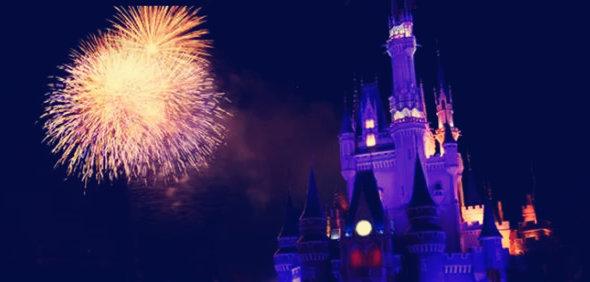3 Days in Tokyo: Cultural, Gourmet and Shopping Delights
1 cities |
8 attraction(s) |
total distance 38
km
 TIPS
TIPS
Day1
Day2
Day3
Day1: Tokyo
3 attraction(s) ·
10 km
1
Ueno Park is one of Tokyo's famous parks, covering a large area and hosting multiple facilities such as a zoo, art museum, and museums. It also has a rich natural landscape, including famous landmarks such as Shinobazu Pond and Takegata Fountain. The park's most famous symbol is the bronze statue of Takamori Saigo. In spring, Ueno Park is a popular spot for cherry blossom viewing in Tokyo, where visitors can admire the beautiful cherry blossoms in full bloom.
3
km
2
Sensoji Temple is the oldest temple in Tokyo, built in 628. According to legend, a fisherman discovered a golden statue of the goddess Kannon and built a tower to enshrine it in the same spot. Later, it was expanded into its current size. During the Edo period, Tokugawa Ieyasu ordered the rebuilding of Sensoji Temple, which gradually became a cultural center.
Climbing the gate with a giant lantern, the Kaminarimon gate, is one of the symbols of Asakusa and even Japan. In the middle of the gate are statues of the gods of thunder and wind, and its formal name is "Furaijin Gate."
Through the shopping street, you can see the main hall, which gradually became prosperous because Ieyasu designated it as a place of prayer for the shogunate. In the northeastern corner of Sensoji Temple, there is also Asakusa Shrine, which was built in the Heian period and has an elegant and beautiful architectural style.
Every May, Sensoji Temple holds the Sanja Festival, one of the three major festivals in Edo, which is the grandest event in Asakusa. This festival originated in the Edo period and fully displays the traditional culture and human emotions of the time. In the activity of carrying the shrine, several dozen people dress up in the style of the old-fashioned and gather from various directions to Sensoji Temple, creating a lively atmosphere.
8
km
3
Tokyo Tower, also known as Nihon Denpa-tō, is located in Shiba Park, Minato Ward, Tokyo, Japan. It is a red and white tower modeled after the Eiffel Tower in Paris, standing at a height of 332.6 meters, 8.6 meters taller than the Eiffel Tower. Built in October 1958, it was once the tallest structure in Tokyo until the completion of Tokyo Skytree (634 meters) in February 2012, and has always been one of the landmarks of Tokyo. The tower has an observation deck at the top, offering panoramic views of the entire Tokyo metropolitan area, with a clear view of Mount Fuji on a clear day. The tower's lighting changes colors according to the season, with special decorations for holidays such as Christmas.
Day2: Tokyo
3 attraction(s) ·
7 km
1
The Imperial Palace is a representative landmark in the center of Tokyo, consisting of the Imperial Palace Plaza, Niju Bridge, Imperial Palace Outer Garden, and Imperial Palace East Garden. During the Meiji Restoration, the Emperor moved from Kyoto to this location, giving it the name "Imperial Palace". Now, a portion of the area is open to the public as a park, with entrances at Hibiya Station to the south and Otemachi Station to the north.
Despite the surrounding skyscrapers, the Imperial Palace still retains the atmosphere of the Edo period, giving a strong sense of history. As a symbolic building of Tokyo, it has witnessed the changes of time and protected the descendants of Edo.
Around the Imperial Palace, taking a stroll along the moats, you can see the walls of the Edo Castle, as well as sculptures of the samurai Kumasu Narimasa, beautiful carved decorations on the entrance gate of Otemon, and the entrance to the Kitamru Park at the Tateyammon. In the East Garden, there is the Nino-Maru, where you can see the grand shogunate villa and exquisite gardens, which are precious legacies from the Edo period.
2
km
3
Shinjuku Gyoen is a famous park located in the center of Tokyo, known for its combination of Japanese and French gardens. It covers an area of approximately 58 hectares. The park features a variety of trees including cherry blossoms, autumn leaves, evergreens, and snow-white scenes throughout the year. It is one of the most renowned flower-viewing spots in Tokyo.
In history, during the Edo period, Naito Kiyonari bestowed this land upon his trusted vassals, initially for strategic purposes. It later served as an agricultural experimental field and eventually established with a greenhouse and Japanese garden. The park suffered extensive damage during the bombings in 1945. After its reconstruction in 1947, it became one of Japan's three major national parks along with the Imperial Palace Outer Garden and Kyoto Imperial Garden. However, this park remains a beautiful garden that combines European and Japanese styles, perfectly harmonizing with its location in the bustling city center, embodying the concept of "urban green space."
Day3: Tokyo
2 attraction(s) ·
13 km
2
Tokyo Disneyland is a magical kingdom full of adventure opportunities. You can explore mysterious museums, ride boats through a colorful world, and travel through space on a rocket. Disney characters present exciting parades and nighttime fireworks that illuminate the entire park in a dazzling display of colors. You will never forget your wonderful journey at Tokyo Disneyland.



























